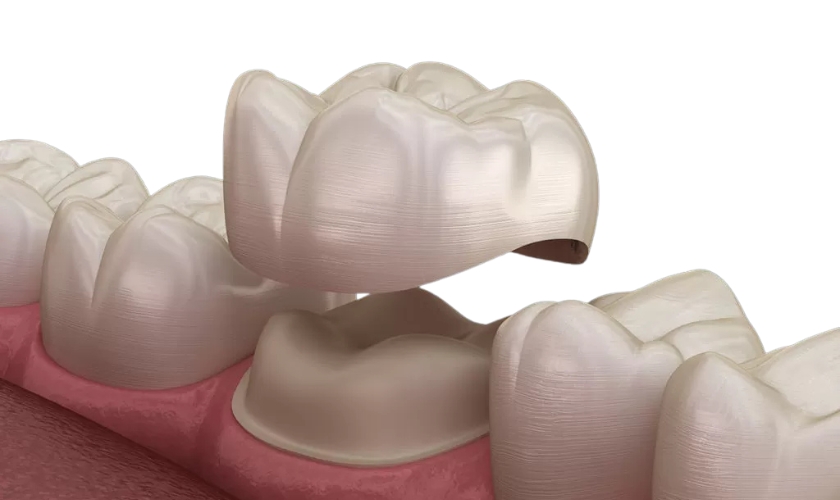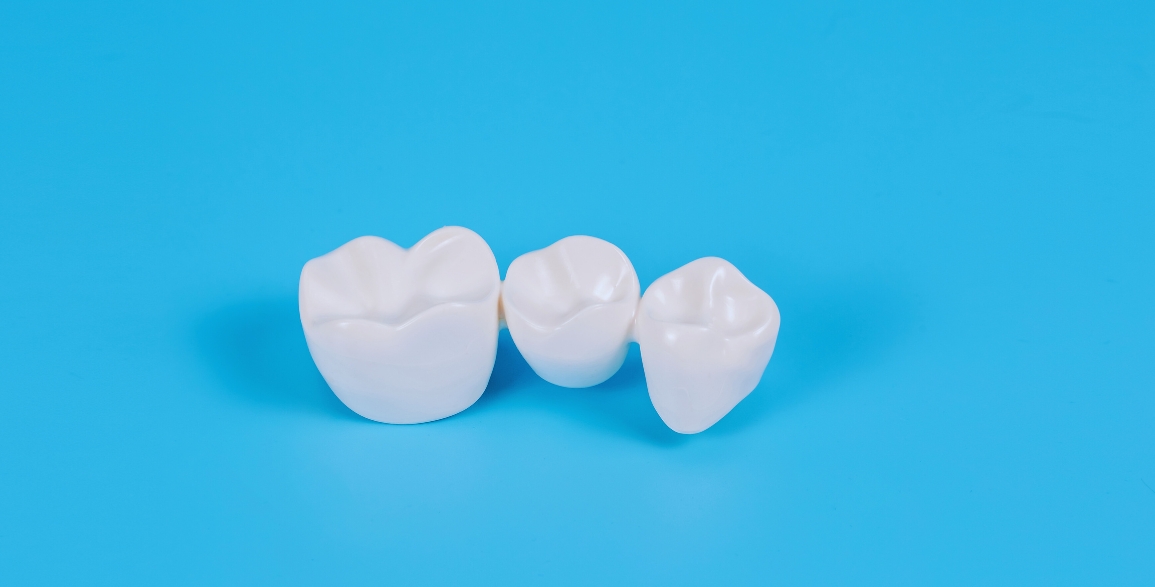Post-Operative Instructions for Dental Crowns in Highlands Ranch

Getting a dental crown can be a significant step toward restoring your smile, but proper aftercare is essential to ensure the best possible outcome. Whether it’s your first crown or an additional restoration, following post-operative instructions can help you avoid complications and enjoy a lasting result. Here’s a guide with essential aftercare tips for dental crowns in Highlands Ranch.
Managing Discomfort After the Procedure
After a crown placement, mild discomfort or sensitivity is expected as the tooth and surrounding gum area adjust to the new crown. Here’s what you can do to manage it:
- Over-the-Counter Pain Relievers: Medications like ibuprofen can help reduce discomfort and inflammation.
- Avoid Hot or Cold Foods: Temperature sensitivity may be noticeable for a few days, so it’s best to stick to lukewarm foods and drinks.
- Topical Gel: A soothing oral gel can offer relief if the gums feel sore.
Protecting Your Crown Immediately After Placement
The initial days after getting a dental crown are critical for ensuring it stays secure and in the right position. Here’s how to protect it:
- Be Gentle When Brushing: Use a soft-bristled toothbrush and gently clean around the crown.
- Avoid Sticky Foods: Foods like caramel or gum can tug at the crown, potentially loosening it.
- Stay Away from Hard Foods: Biting down on hard items like nuts or ice may damage the crown or cause it to dislodge.
Adjusting to Your New Bite
Sometimes, a new crown may feel slightly high or out of place. Adjusting to it can take a few days, but if discomfort persists, follow these steps:
- Monitor for Changes: Slight shifts in the crown’s placement can occur as you get used to it.
- Check Your Bite: If your bite feels uneven, schedule a quick follow-up with your Highlands Ranch dentist to make any necessary adjustments.
- Avoid Clenching: Stress-induced clenching can strain the new crown, so be mindful of jaw tension and consider using a mouthguard at night if clenching is an issue.
Eating Safely After Crown Placement
Eating with a new crown requires some temporary dietary adjustments to avoid stressing the new restoration:
- Wait for Numbness to Fade: Avoid eating until numbness from any local anesthesia subsides, as it could lead to accidental bites or burns.
- Choose Soft Foods Initially: For the first 24 hours, stick to soft foods such as yogurt, applesauce, and soup.
- Avoid Sugary Foods: Sugary foods can increase plaque buildup around the crown, risking decay in the underlying tooth.
Maintaining Oral Hygiene with a Dental Crown
Keeping your crown clean and free from plaque buildup is essential for longevity. Here’s how to incorporate it into your dental routine:
- Floss Daily: Flossing around your crown helps prevent plaque accumulation along the gumline.
- Use Antibacterial Mouthwash: A rinse helps reduce the risk of infection and keeps the area around the crown clean.
- Visit Your Dentist Regularly: Routine check-ups every six months in Highlands Ranch are essential for monitoring the crown and ensuring overall oral health.
Identifying Signs of Crown Complications
While most crowns are stable and long-lasting, sure signs may indicate a problem. Watch out for the following and consult your Highlands Ranch dentist if you notice any:
- Persistent Pain: Pain that lasts beyond a few days or worsens could signal an issue with the underlying tooth or crown fit.
- Increased Sensitivity: Sudden or extreme sensitivity could mean an underlying issue needs attention.
- Crown Movement: A loose crown can lead to discomfort and decay. If it feels unsteady, avoid using it for chewing and see your dentist promptly.
Long-Term Care for Dental Crowns
Once the initial healing phase is complete, maintaining the crown in the long term is crucial for its longevity and your overall dental health:
- Use a Nightguard If You Grind: Grinding can wear down a crown over time, so a nightguard can help prevent damage.
- Avoid Smoking: Smoking can stain crowns, especially porcelain or ceramic, and increase plaque buildup.
- Regularly Check Your Crown’s Condition: During dental visits, have your dentist inspect the crown for any cracks, chips, or signs of wear.
Following these post-operative care steps will help you ensure that your dental crown has served you well for years. Prioritizing gentle care, monitoring for signs of complications, and maintaining good oral hygiene will help you enjoy your crown’s benefits without issues.
If you have any questions or experience any discomfort, feel free to reach out to your dentist in Highlands Ranch. Our team is here to support your journey to a healthy and lasting smile. Contact us today to schedule your follow-up appointment or discuss any concerns about your dental crown.

